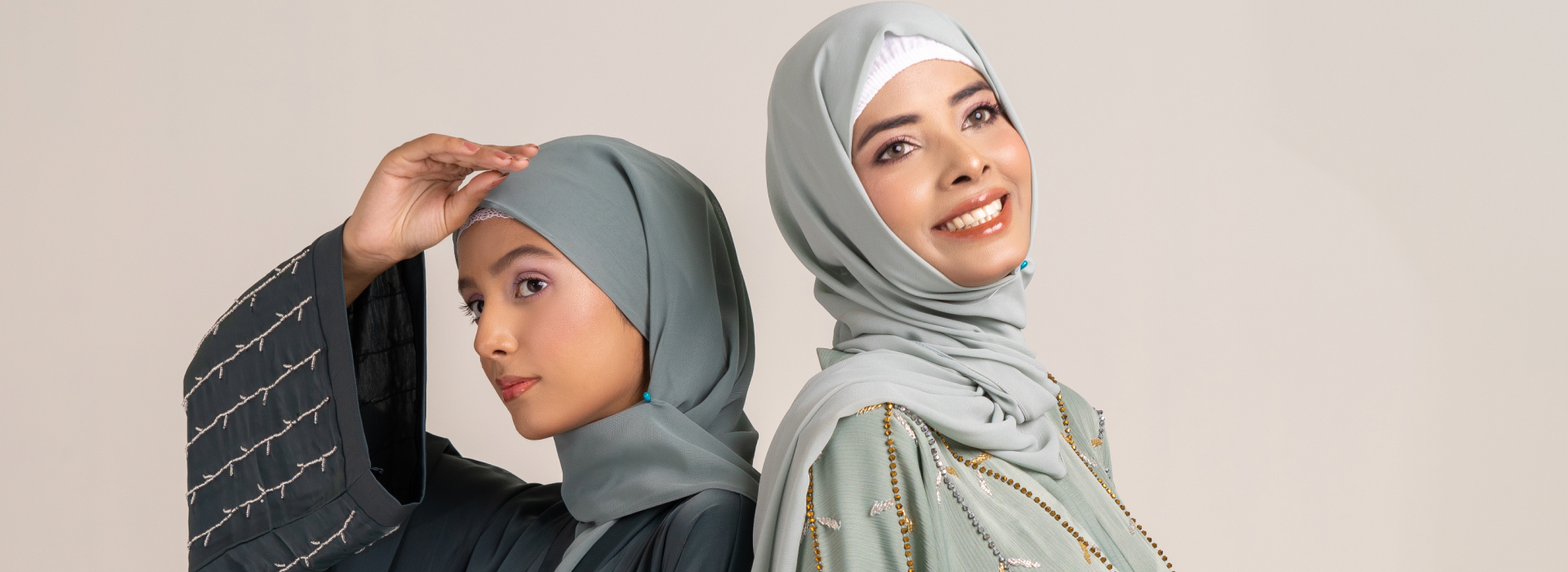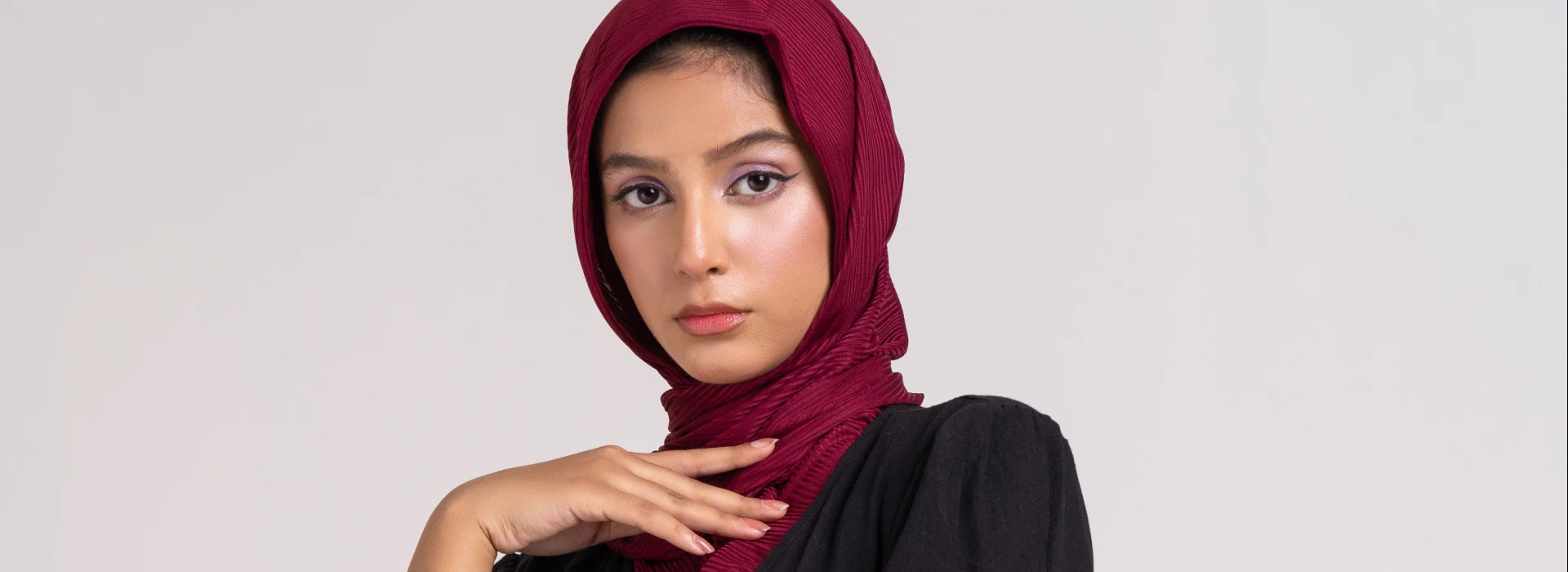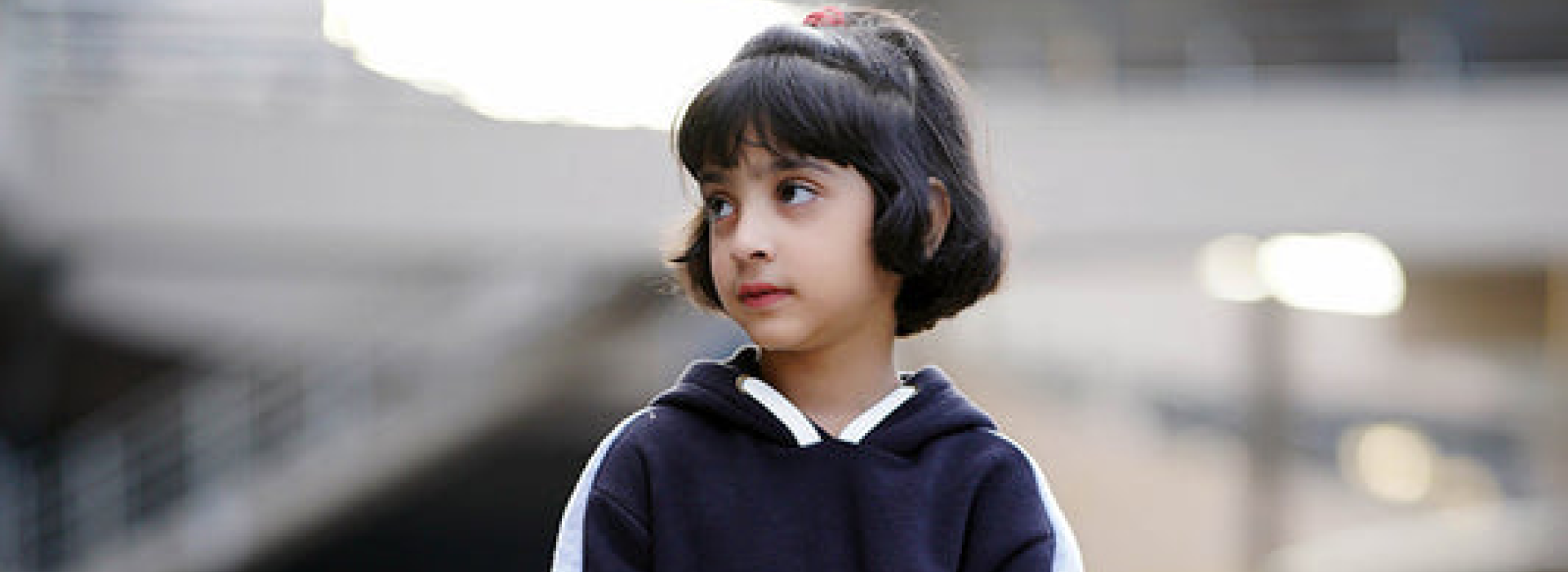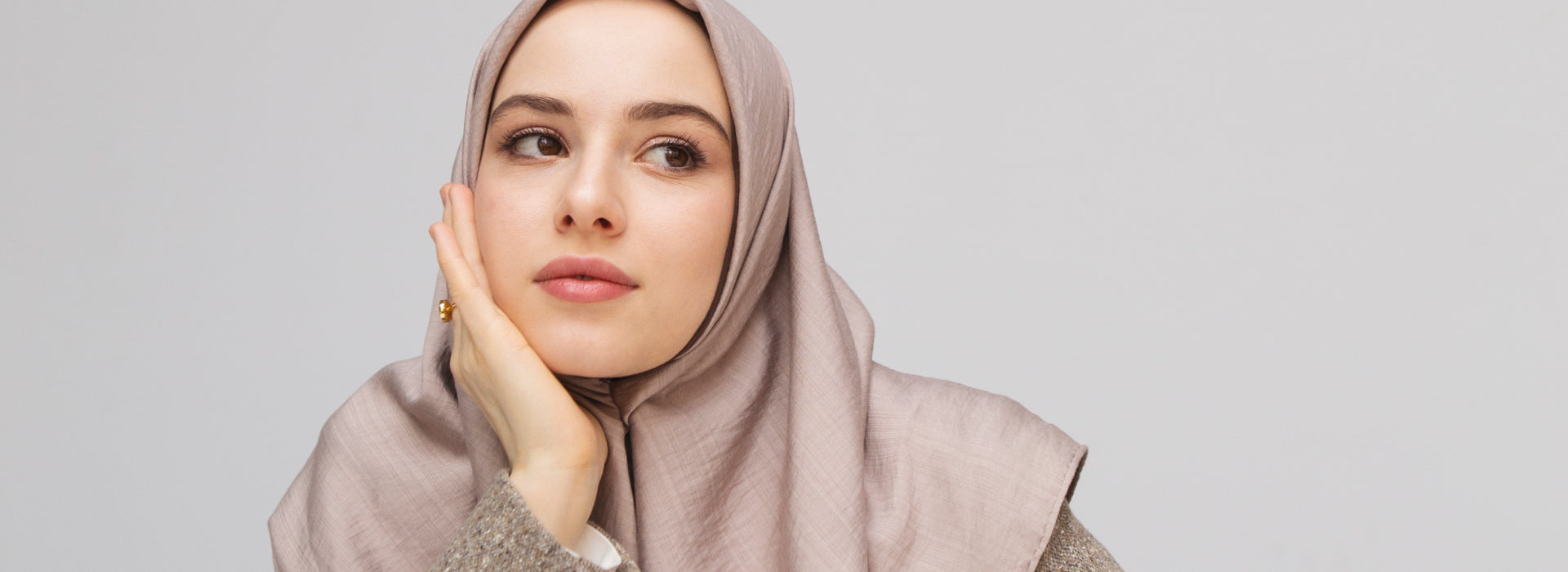Palestinian Keffiyeh: Weaving Threads of Resilience and Cultural Pride
Introduction
In the heart of Hebron a city in the West Bank of Palestine, the rhythmic hum of looms echoes through the Hirbawi Factory. This humble establishment was founded in 1961 by Yasser Hirbawi, and it has weathered the storms of political turmoil, economic challenges, and changing fashion trends.
As the last authentic producer of Palestinian Keffiyehs, the factory stands as a testament to resilience, heritage, and the enduring spirit of the Palestinian people.
The Rise and Fall
In its heyday, the factory flourished, employing 25 workers and producing 150,000 keffiyehs annually. However, the winds of change blew with the 1993 Oslo Accords, ushering in a free-market era. Cheap imports from China flooded the market, threatening the existence of traditional Palestinian craftsmanship. The factory, once a thriving hub, saw a decline, operating only four machines by 2010 and producing a mere 10,000 scarves annually. Over the years the factory has gone through a lof of challenges however it is still operating in the city of Hebron.

A Global Awakening
Media coverage in 2010 sounded an alarm, warning that the legacy of the original Palestinian Keffiyeh was at risk. This sparked a global awareness campaign, urging international resellers and fashion designers to support the authentic Palestinian product. In 2012, a partnership with MADEinPALESTINE.de gave birth to kufiya.org, an online platform selling these cultural symbols worldwide.
Renaissance through Global Support
Sales surged, leading to the first hiring in two decades. With the backing of MADEinPALESTINE.de and global customers, the factory aspires to reclaim its former glory, creating more jobs and preserving a vital cultural tradition.

The Hirbawi Keffiyeh: Symbolism and Significance
A Hirbawi Keffiyeh, a traditional black and white Palestinian scarf, is more than a garment. It represents the livelihood, trade routes, and resilience of the Palestinian people. Traditionally, worn on the head, it has evolved into a versatile accessory symbolizing cultural solidarity, protection from the sun, and even a fashion statement.
The Art of Crafting: From Fabric to Fashion
Inside the factory, 15 looms create the distinctive patterns, a symphony of tradition and modernity. The fabric, meticulously crafted from locally sourced cotton, undergoes a process that embodies the essence of Palestinian culture. The intricate patterns, often black and white checkers, hold deep meanings:
Livelihood: The Keffiyeh resembles a fishnet, symbolizing the livelihood of the Palestinian people.
Trade Routes: The lines cutting through the fishnet represent the various trade routes passing through Palestine.
Resilience: Olive leaves, woven into the fabric, symbolize the strength of the Palestinian people.

Legacy and Future
Managed by Yasser Hirbawi's sons, the factory adapts to the modern age with vibrant colors and designs. The resurgence of national pride, coupled with global support, has sparked a renaissance for the last bastion of authentic Palestinian Keffiyeh production. In a world searching for connections, the Keffiyeh becomes a physical symbol of solidarity and resilience.





Leave a comment